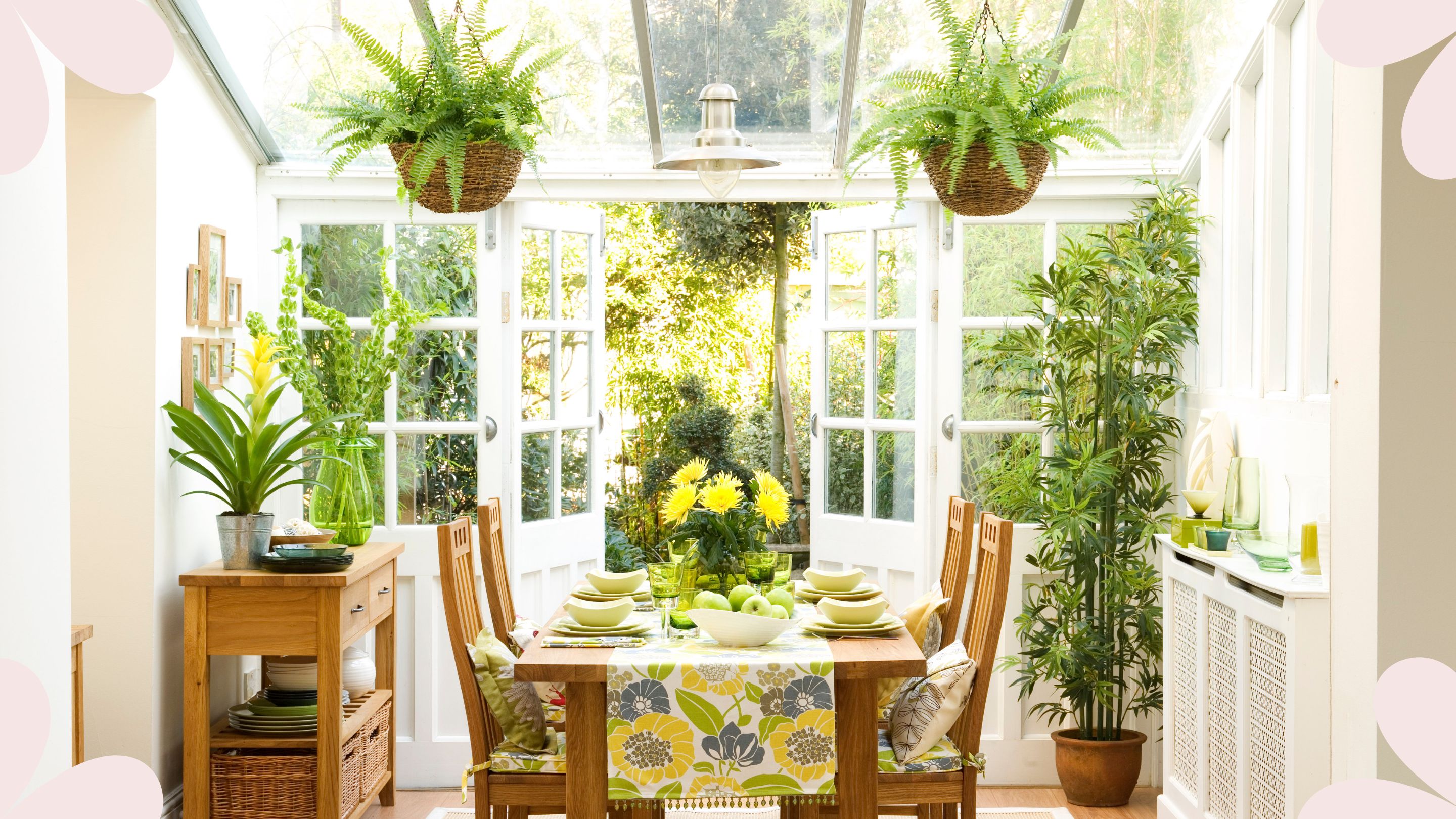
Waiting for plants to reach their full potential can be frustrating, especially when you're hoping for them to take centre stage in your home's decor. That's why we spoke to plant experts to see which houseplants are the fastest growing to fill your home in no time.
Even when you know how to care for indoor plants you can feel a little underwhelmed with your efforts after your plant hardly changes for months. Some of the easiest houseplants to keep alive may not show much growth within a year of owning them.
If you're looking for a plant that can transform a room on a budget or fill an awkward corner of your home, these are the five species you might want to invest in.
The 5 fastest growing houseplants, according to experts
Filling your home with some of the best indoor plants for your health and wellbeing can not only elevate how your space look but also feels. So it's understandable that you'd want to choose plants that will grow quicker and fuller.
We put it to our plant experts to tell us the fastest-growing houseplants and explain just how fast they're capable of growing.
1. Spider plants
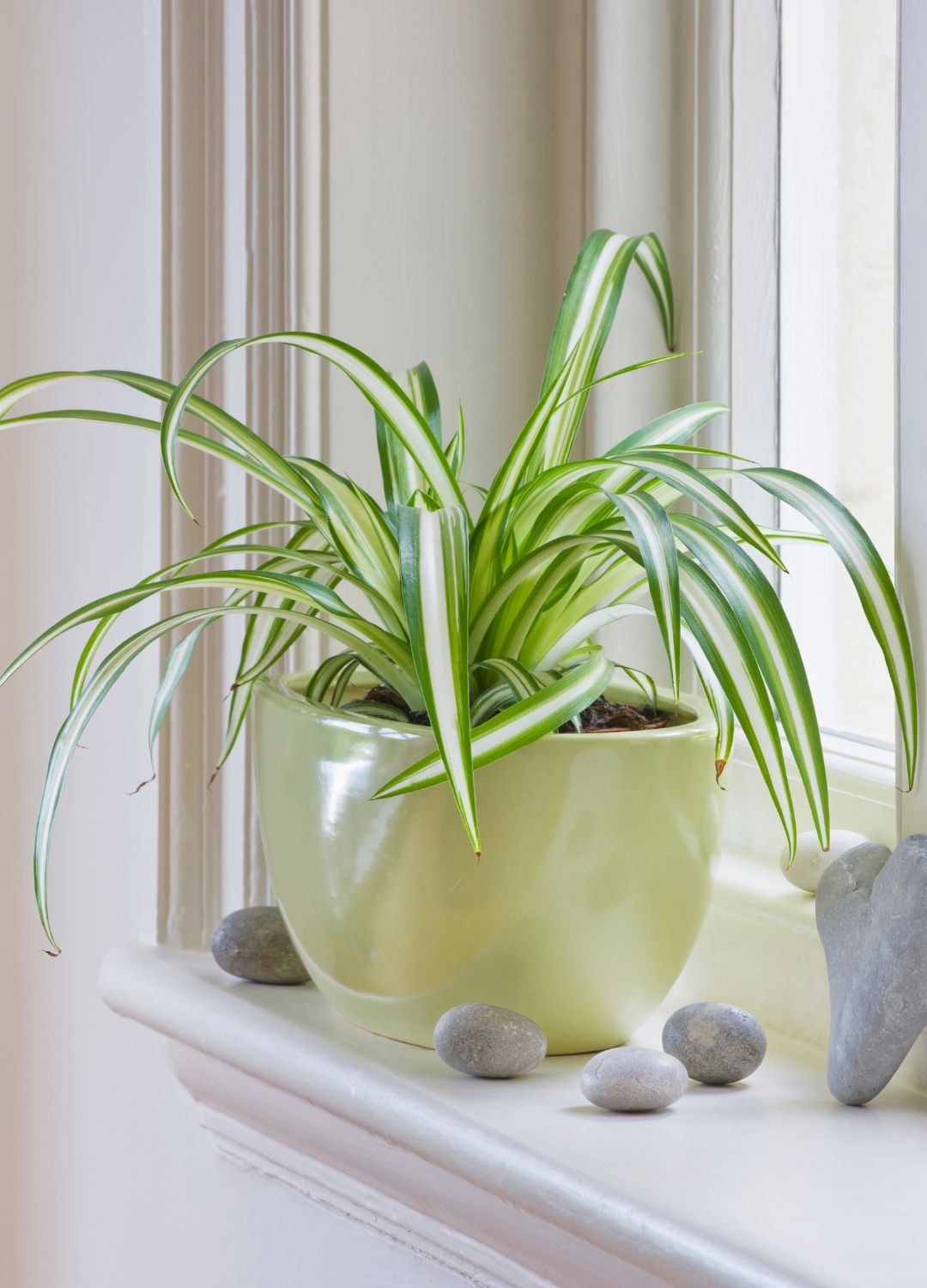
If you're happy to stay well clear of the hardest plants to keep alive then you've probably heard of the spider plant. Not only is it super easy to keep happy and healthy, but it's also one of the best plants to help with condensation.
Petar Ivanov, plant and gardening expert at Fantastic Gardeners says, "Spider plants can produce “pups” which are smaller offshoots on their stem within a few months and it can also grow up to 3-4 cm a month when looked after properly."
So as long as you know how to care for a spider plant you'll have a full leafy companion in no time.
2. String of hearts
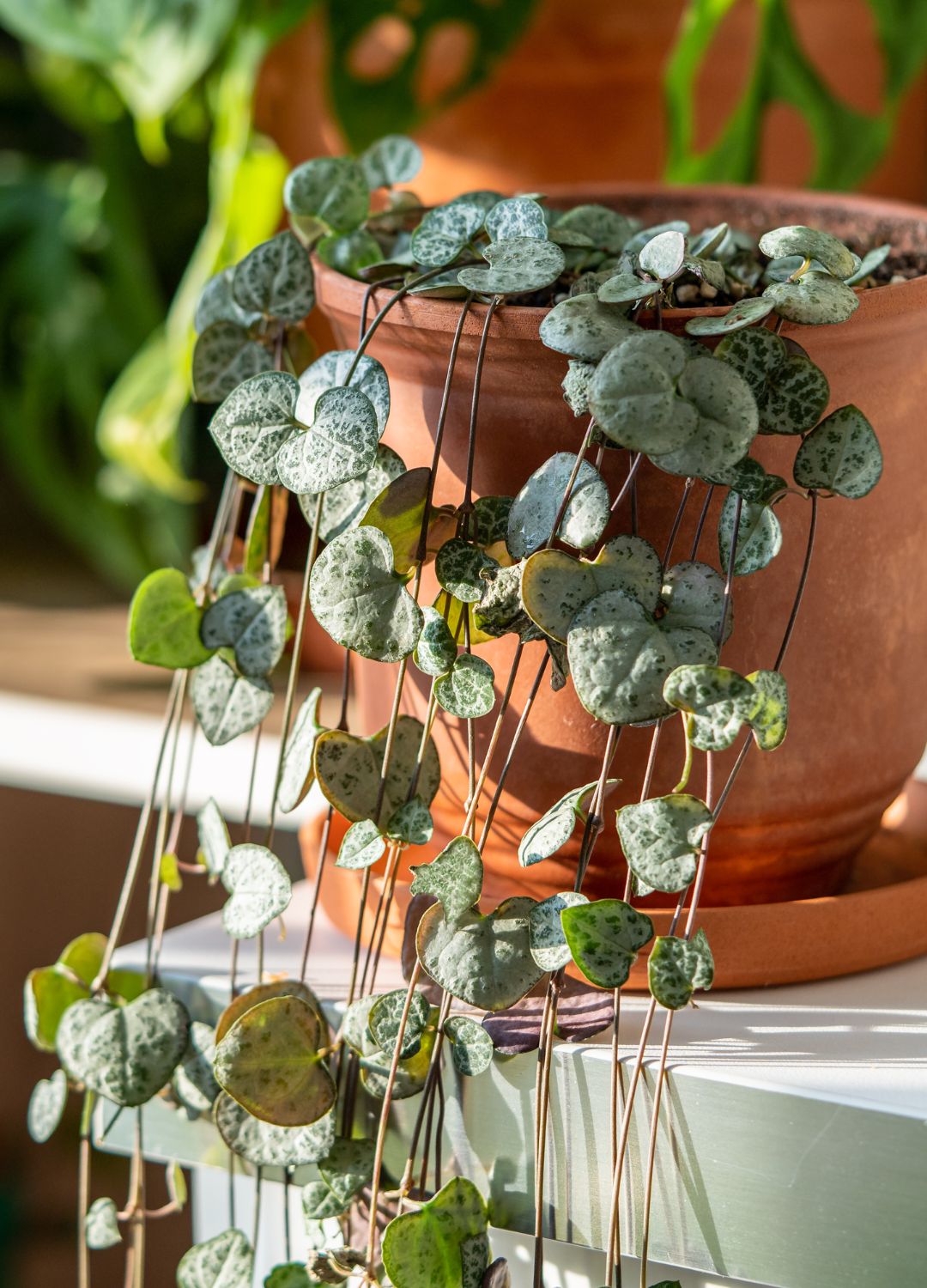
As perhaps one of the prettiest houseplants, it's good to know that the string of hearts is also one of the fastest. It won't exactly help you decorate an empty corner but when placed on a high bookshelf the cascading leaves will be hard to miss.
"After this plant has rooted, it will begin to grow quickly and can potentially reach up to two meters in length. You can easily add more strings to an existing plant by growing them from cuttings," says Graham MCIhort, horticulture expert at LBS Horticulture.
Once you learn how to take plant cuttings from your houseplants, a whole new plant parenting door will open to you.
3. Monstera

Luckily, taking care of a monstera is a very low-effort high-reward process as the plant grows significantly without needing much TLC. So much so that after a year you might be struggling to find a place in your home for the plant to fit in.
Petar says, "The Monstera Deliciosa plant can produce up to 1-2 new leaves monthly when it's placed in optimal light and has the right humidity conditions."
Monsteras are quite the reactive plant so if it's unhappy it will show you by its tips turning brown or if you find yourself wondering why your monstera is dripping water.
4. Ivy
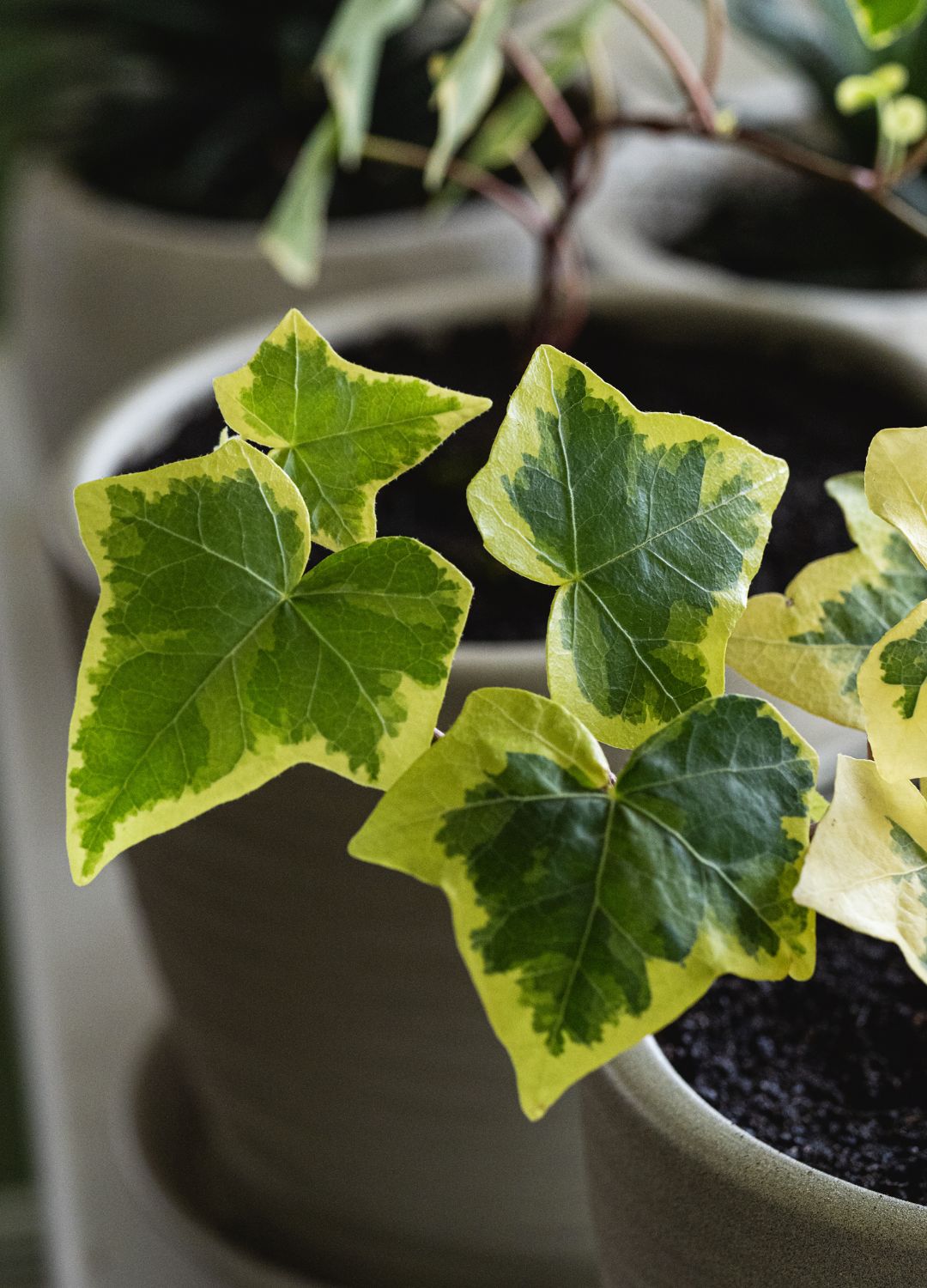
Although ivy is considered one of the most common invasive plants you can find in your garden, when it's inside it's actually more benign.
"Although ivy may grow slowly when it is first starting, once its roots have been established it will begin to grow quickly," explains Graham.
He does however add, "You should frequently check that your ivy plant has not begun to use its aerial roots to attach itself to walls where it is not wanted."
5. Pothos
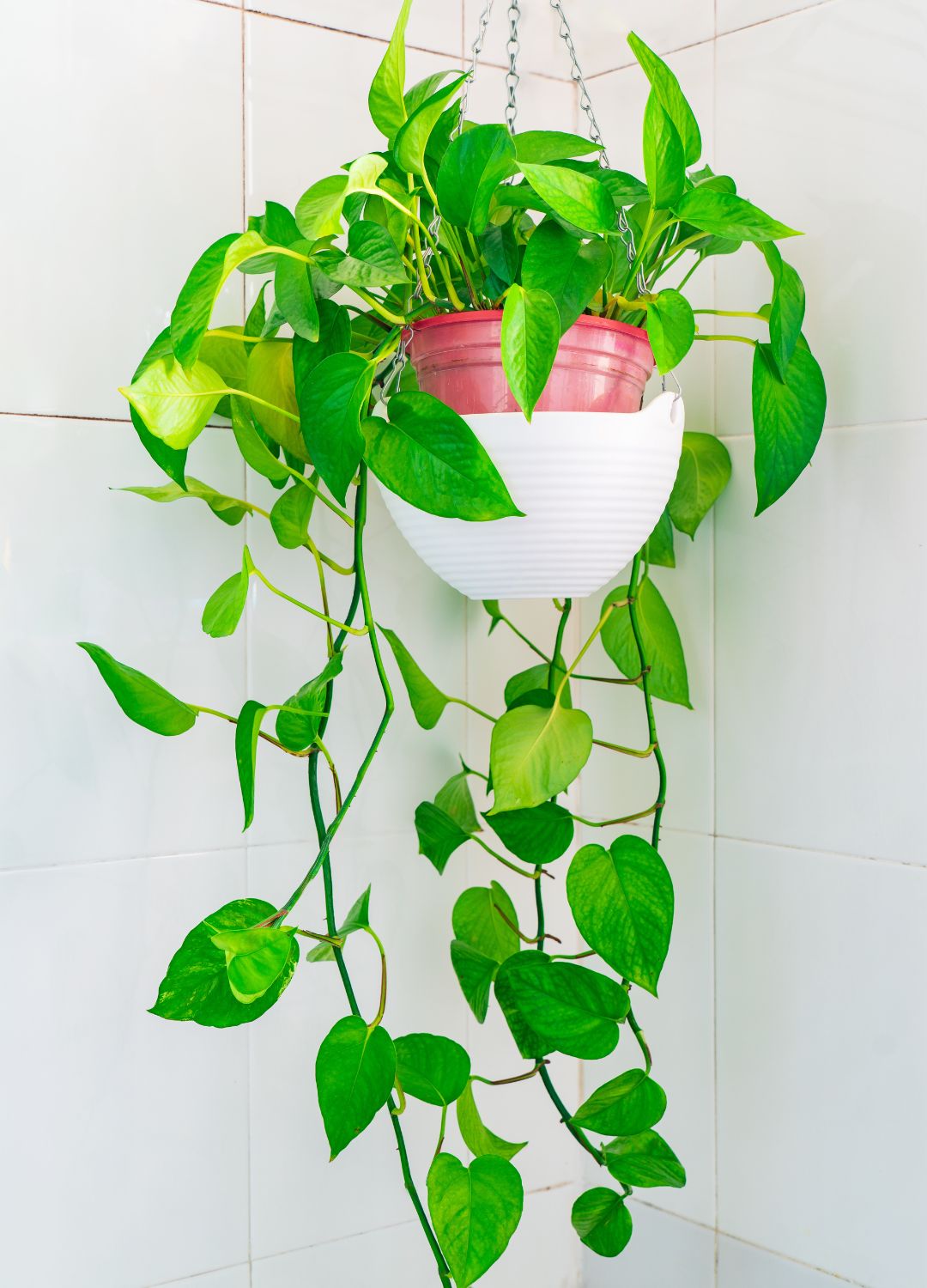
Similar to the string of hearts, pothos is a spectacular hanging plant and is one of the best houseplants for bedrooms thanks to its ability to remove toxins from the air.
"Pothos grows up to 30-40 cm per month when grown in its ideal conditions and cared for correctly. Its trailing vines can reach over ten feet indoors," explains Petar.
FAQs
Why has my houseplant stopped growing?
Unfortunately, there are several reasons that your houseplant, no matter what species it is, has stopped growing further. From forgetting to keep up with your houseplant watering routine to placing it in a spot with too much sun, there are a few conditions to consider.
Petar says, "Houseplants may stop growing for several reasons: insufficient light, the plants need the right light levels for photosynthesis, and temperature stress, which is because temperatures outside their preferred range (usually 18–24°C for most tropical houseplants) can stunt growth."
He also adds that underwatering and overwatering can lead to stress and halted growth, the same as nutrient deficiency and lack of nutrients like nitrogen, which can slow growth.
"Keep in mind the dormancy period and that many plants slow or stop growth during winter. Overgrown roots in a small pot restrict nutrient uptake," explains Petar.
Will indoor plants grow in low light?

Surprisingly there are quite a few plants that can survive in low-light homes, some of which are the easiest to look after. So if you know how to care for a peace lily and have a shady spot that needs filling, you're in luck.
"Some indoor plants can grow in low light, but not all will be able to thrive in shady conditions. The best houseplants for growing in low light are those that would naturally grow on shady forest floors, such as ferns," says Graham.
Petar also points out that yes well-suited plants can grow in low light but it will in some cases stunt their growth.
"Yes, but growth will be slower, and some plants adapt well to low light, like snake plant which tolerates very low light but grows slowly. ZZ Plant maintains its foliage and grows at a slower rate. Peace lily thrives in low light but will grow slower than in brighter settings. If a plant isn't growing well, consider supplementing it with artificial grow light," he finishes.
What is the fastest growing houseplant?
If you want to accelerate the growing process as much as possible there is one plant in particular that the experts say is the fastest.
Graham explains, "Spider plants are one of the fastest growing houseplants, as they are thought to be able to grow between ten and twenty-five centimetres a year, meaning that it will not take long for the plant to reach its adult size."
No matter what plant you decide on, remember to learn how to take care of your houseplants during winter too. The cold weather changes the environment your plants are living in so that means their care routine must adjust too.







